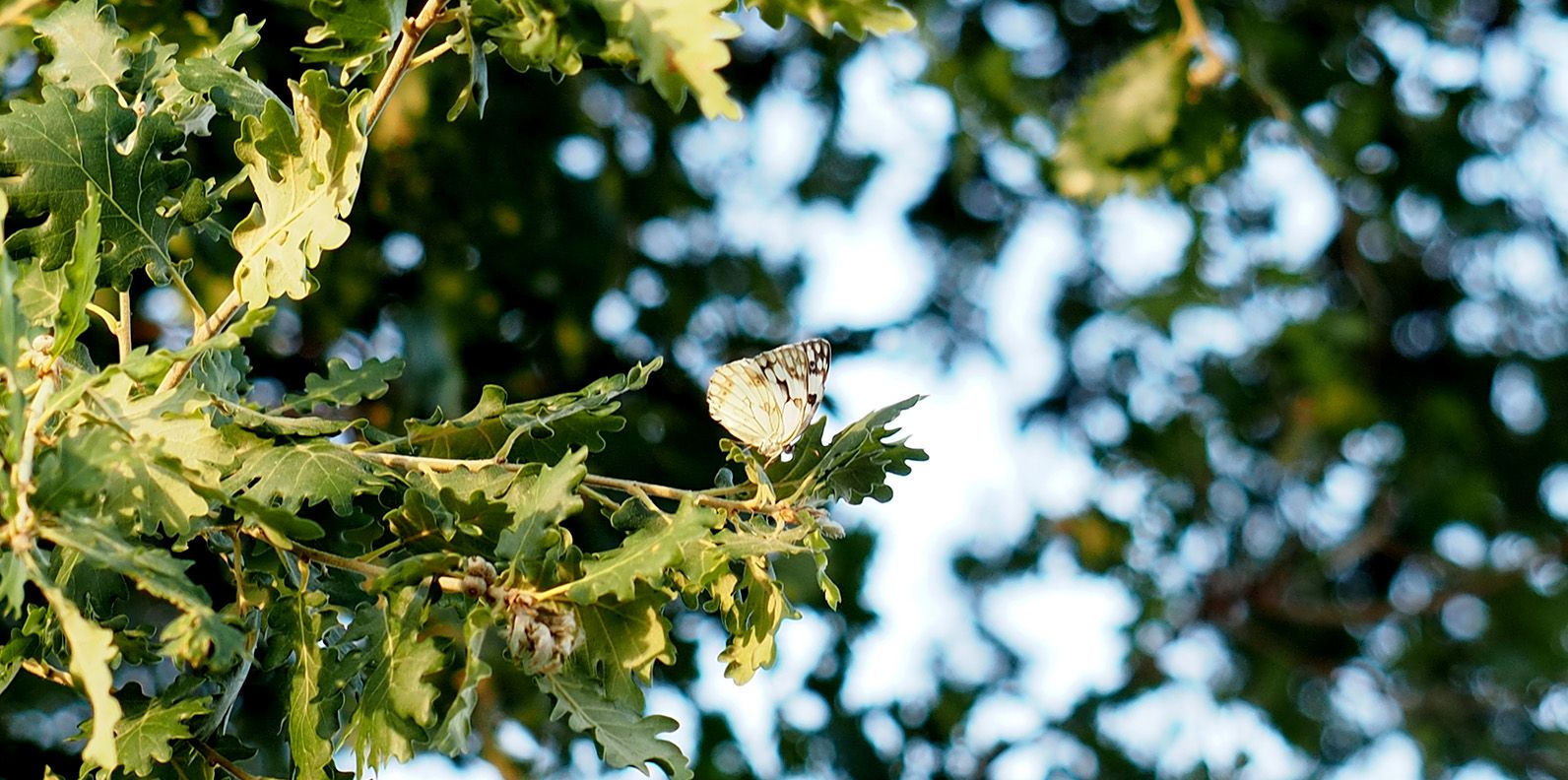
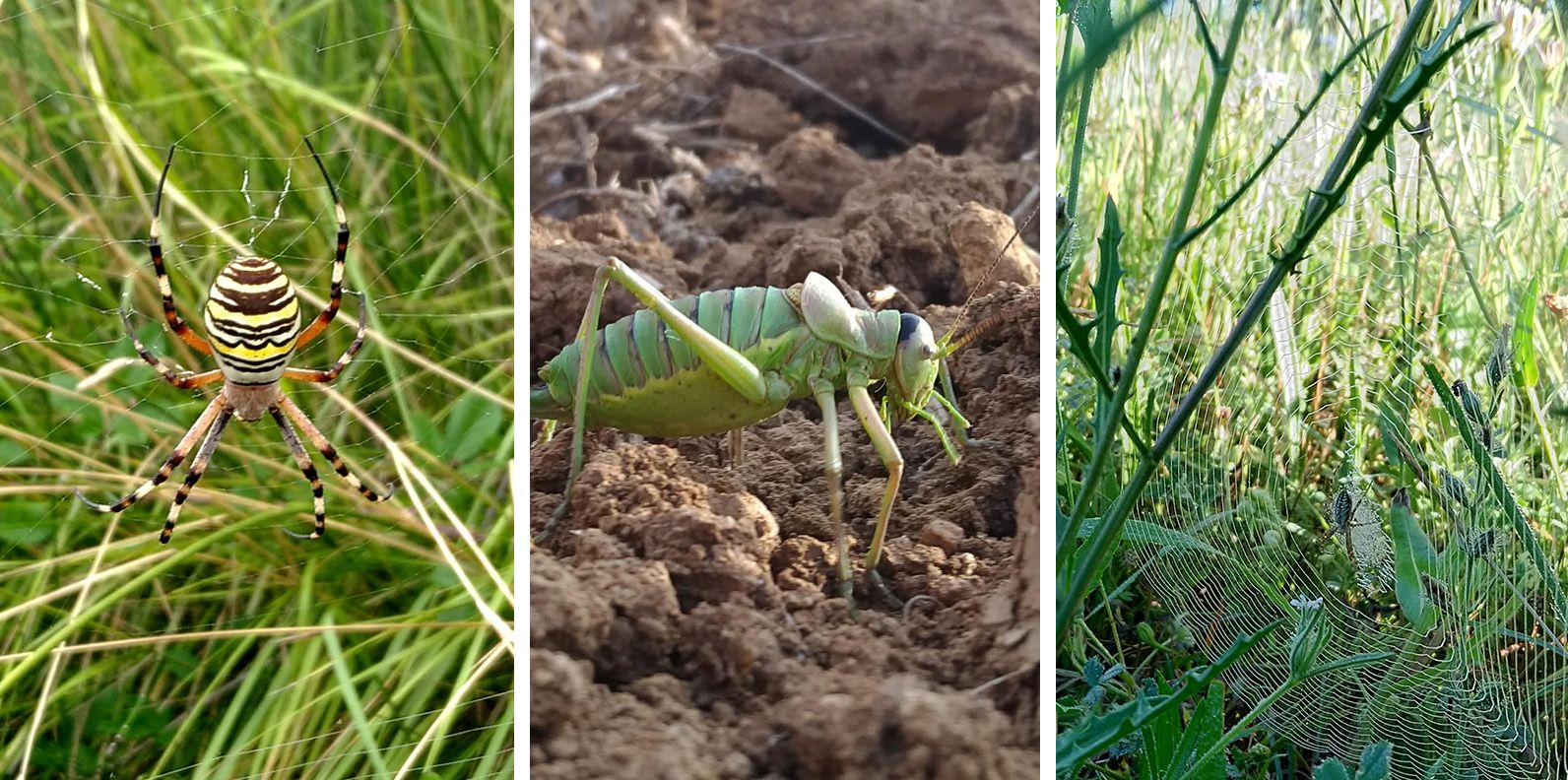
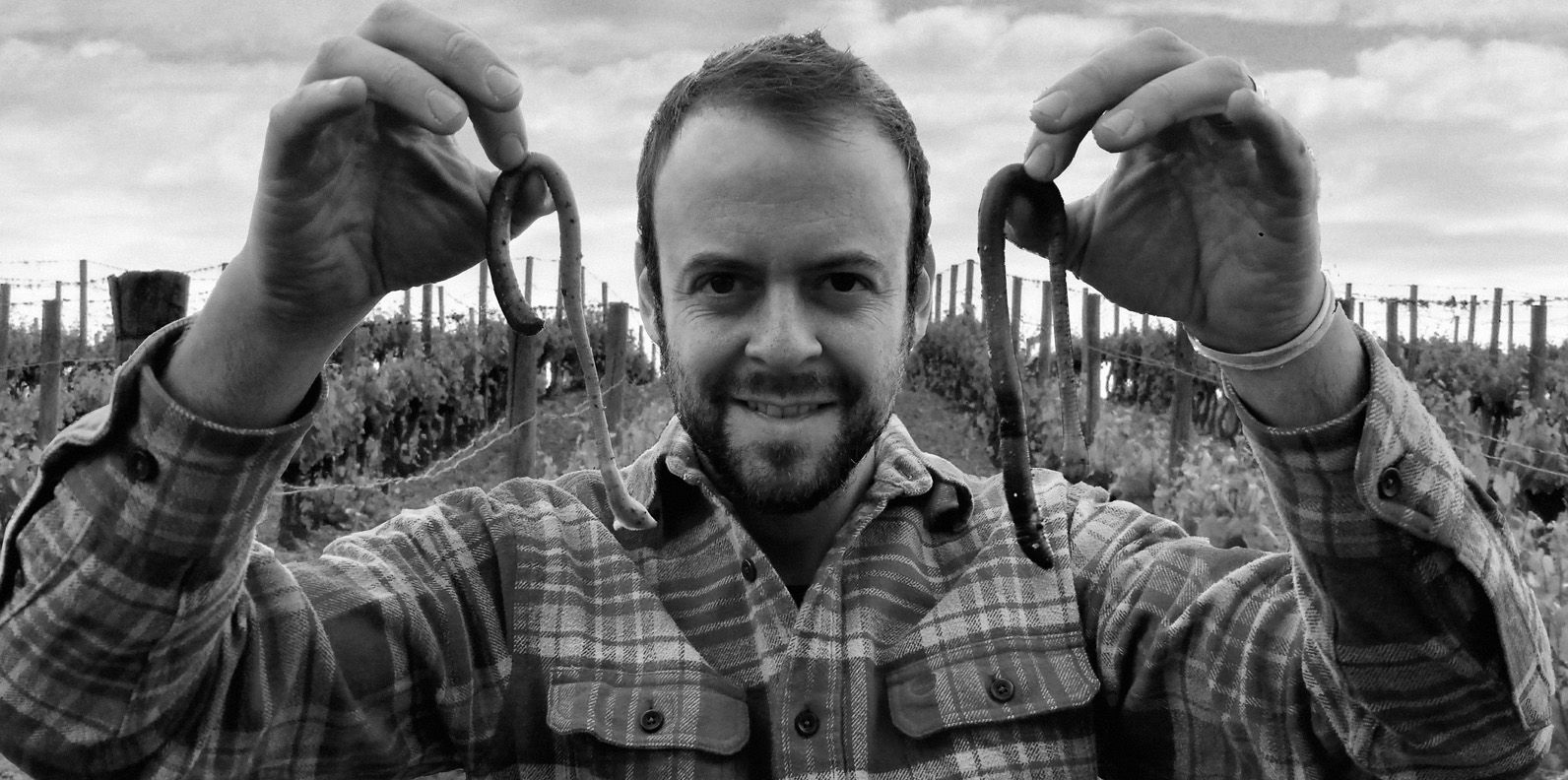
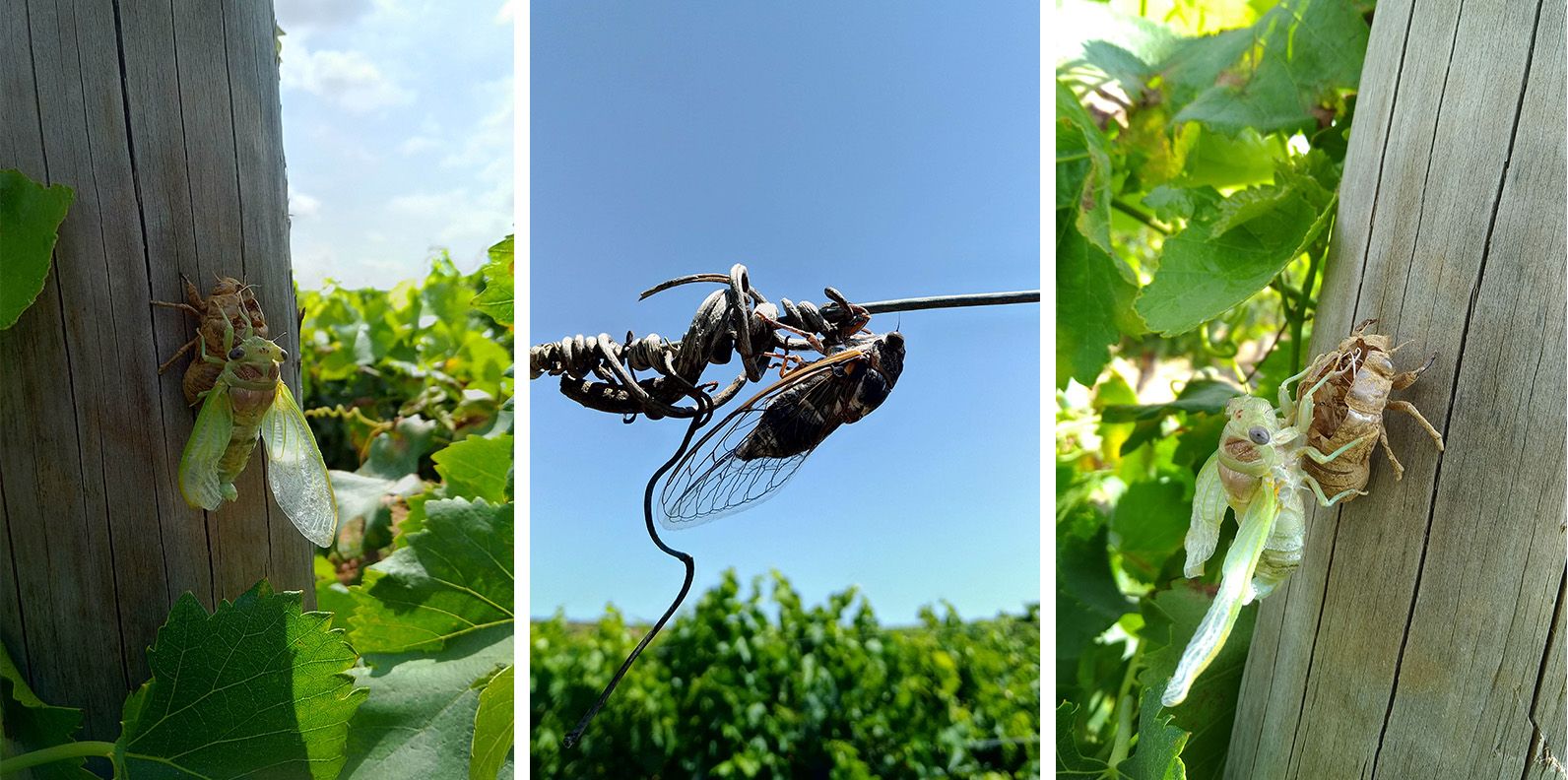
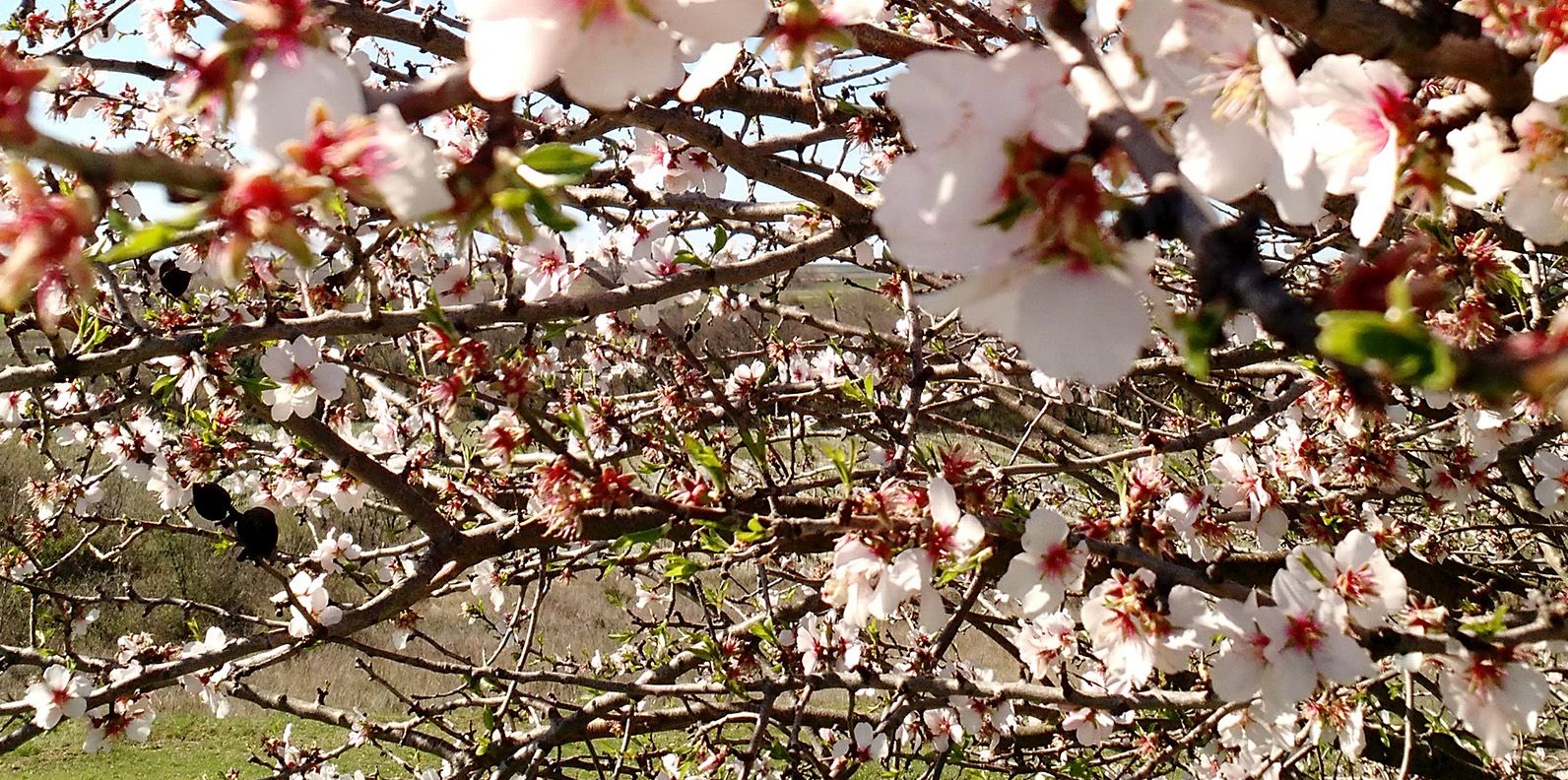
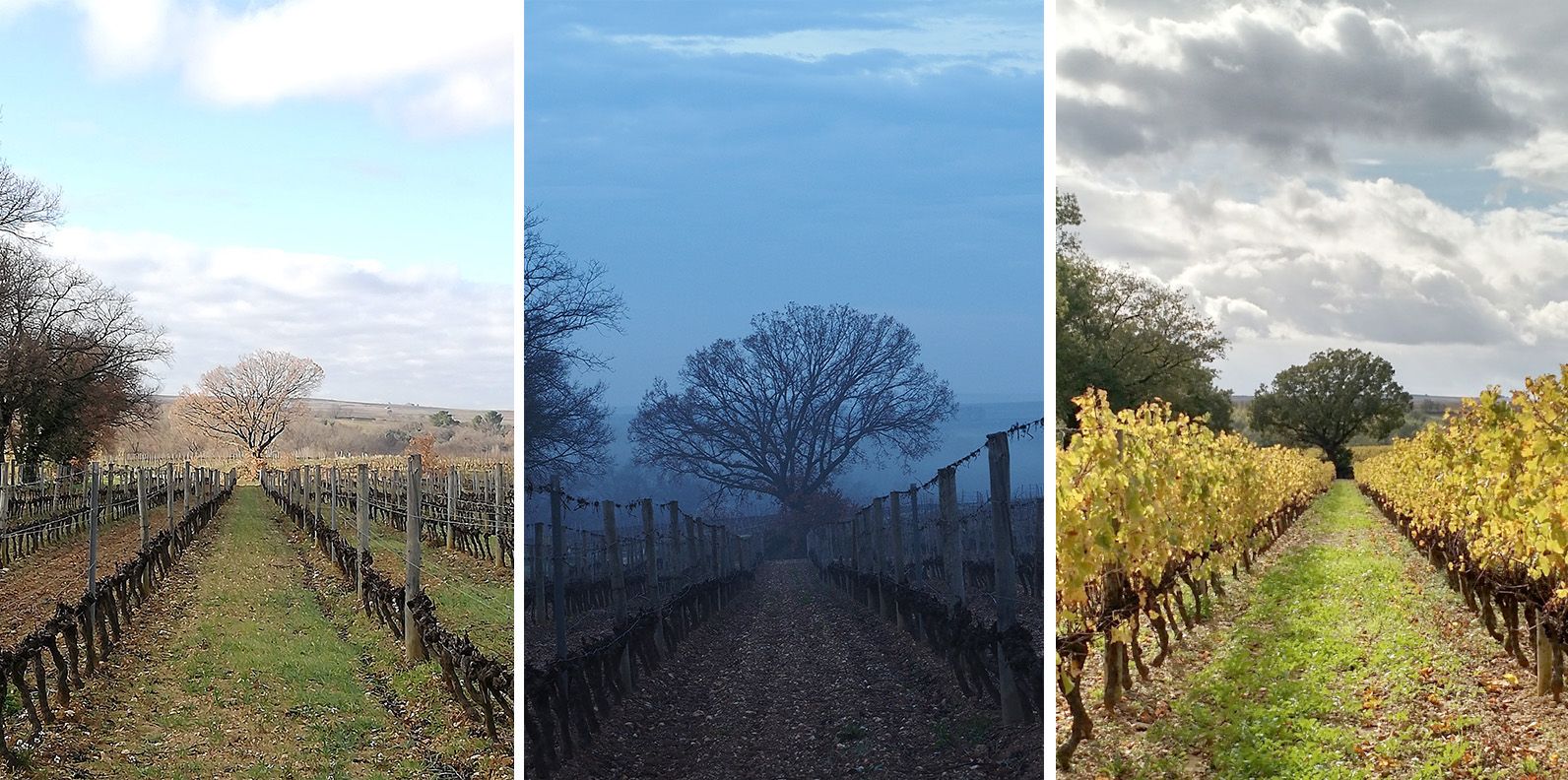
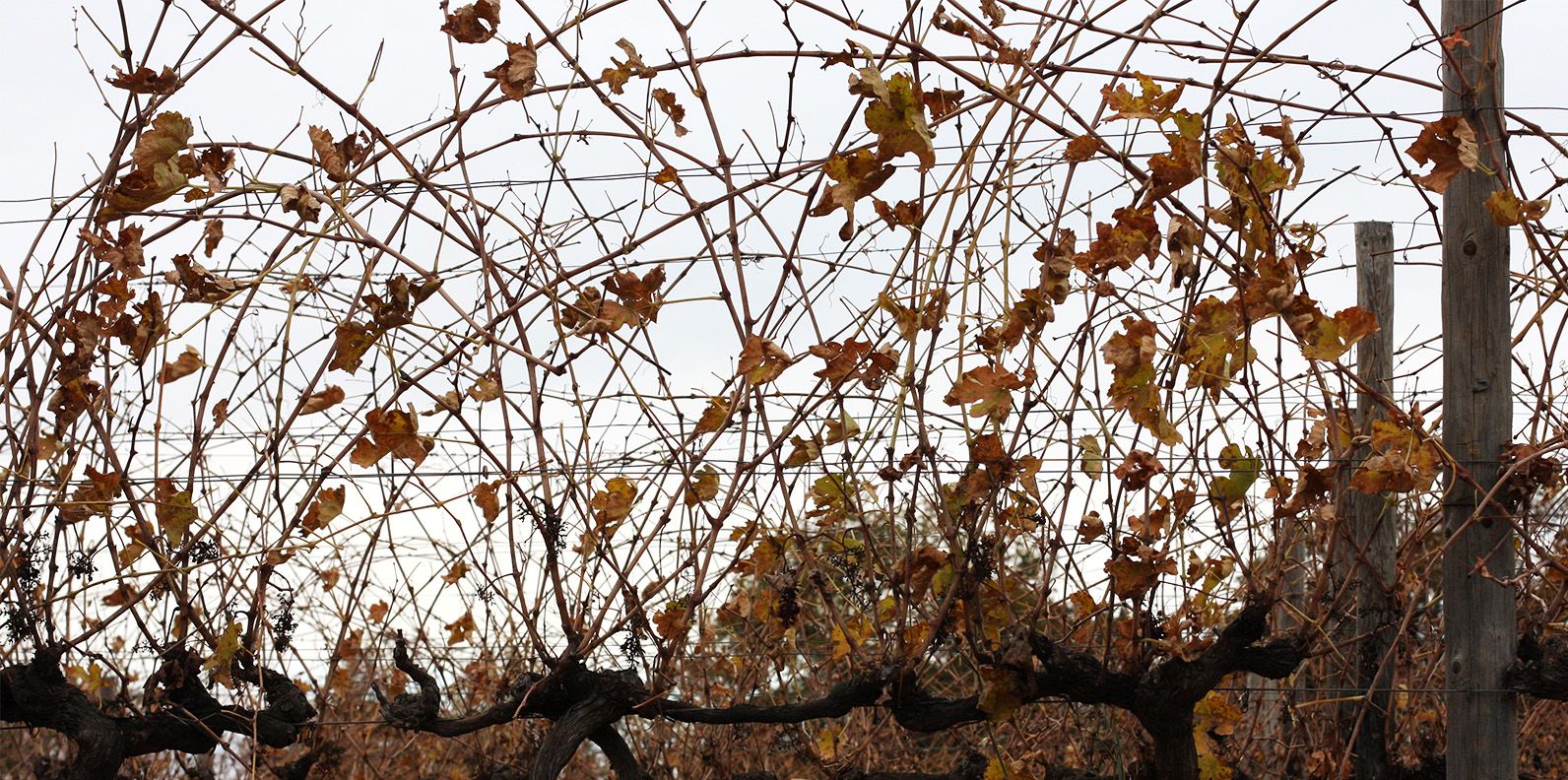
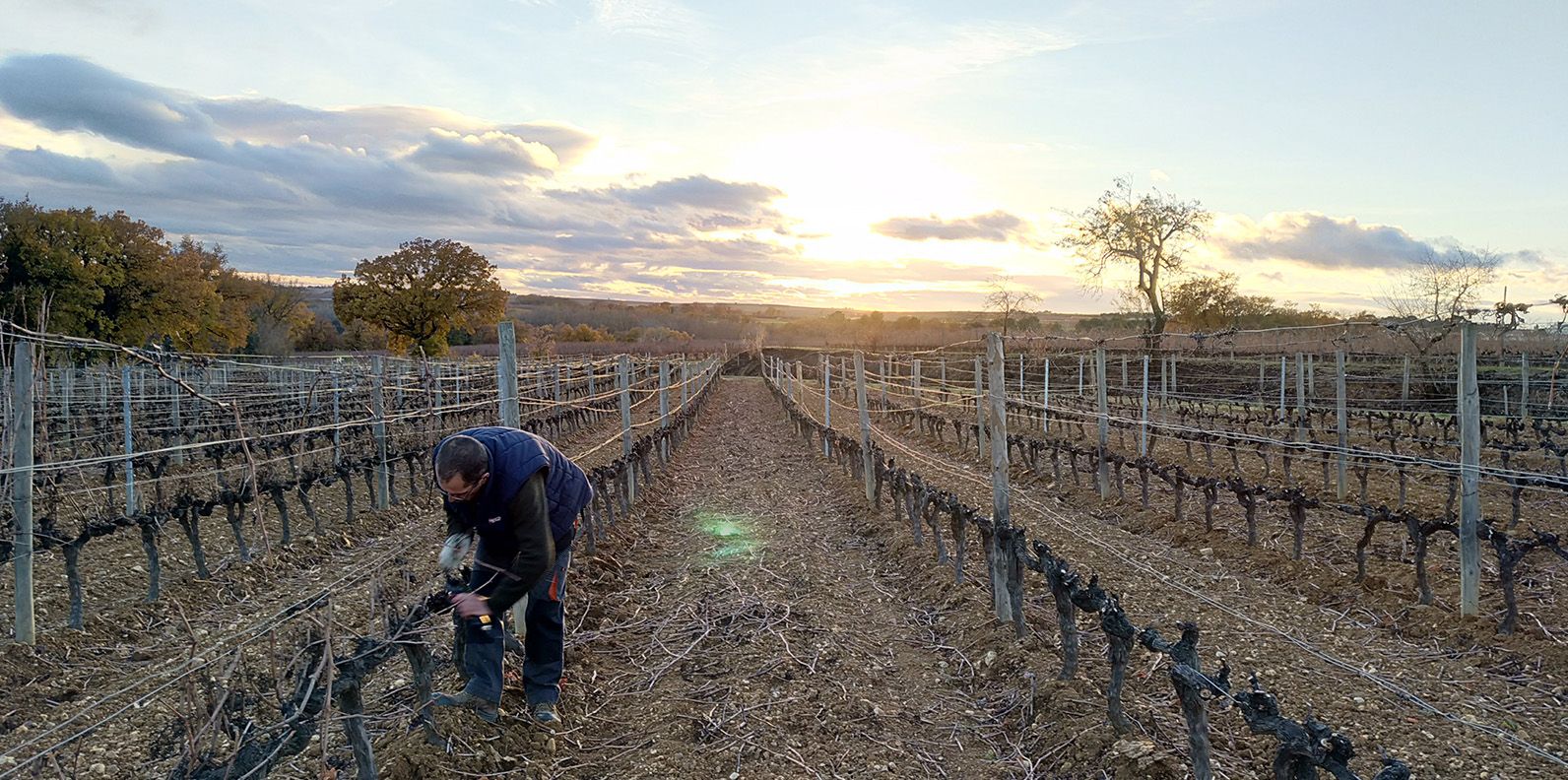
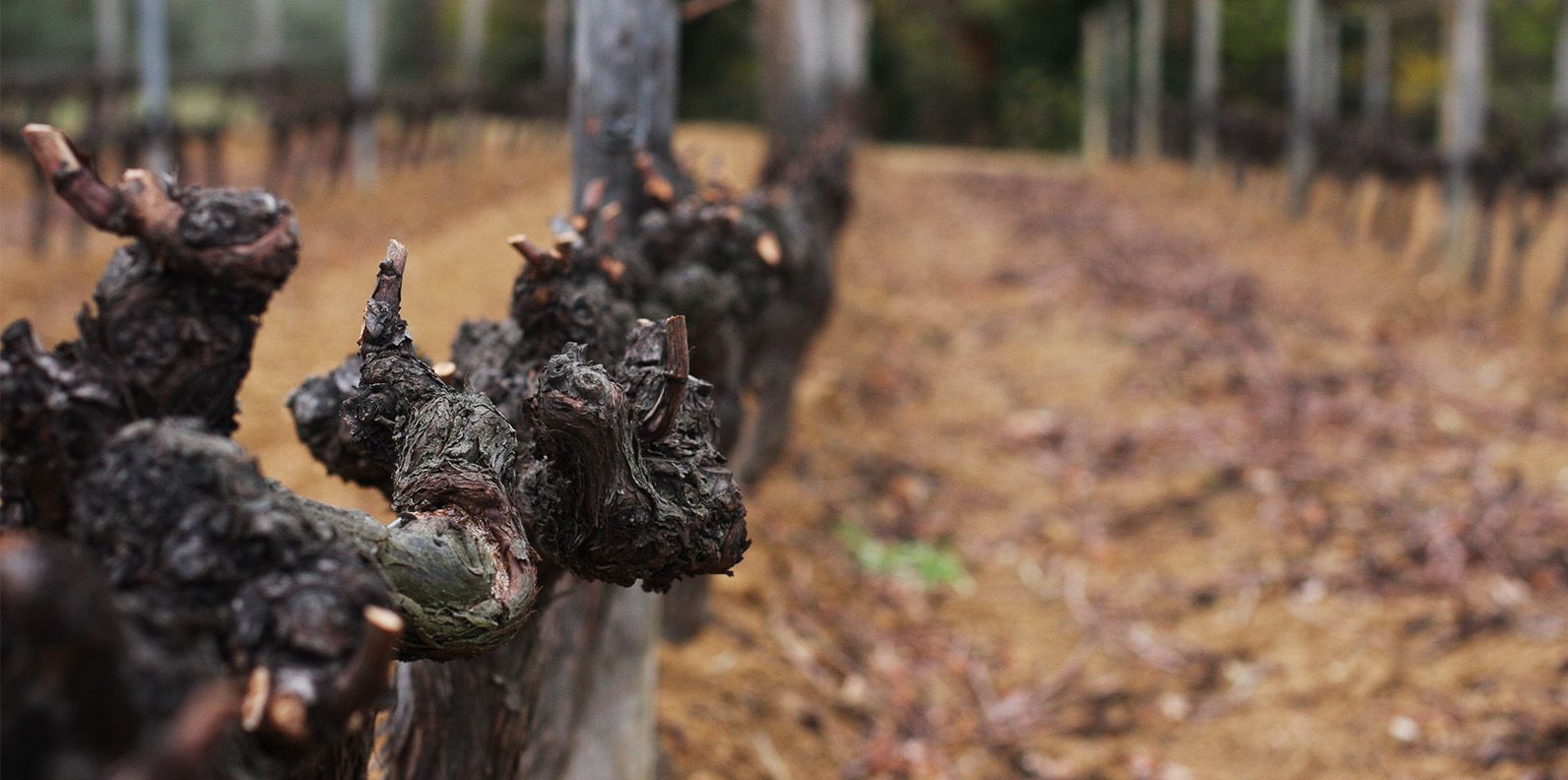
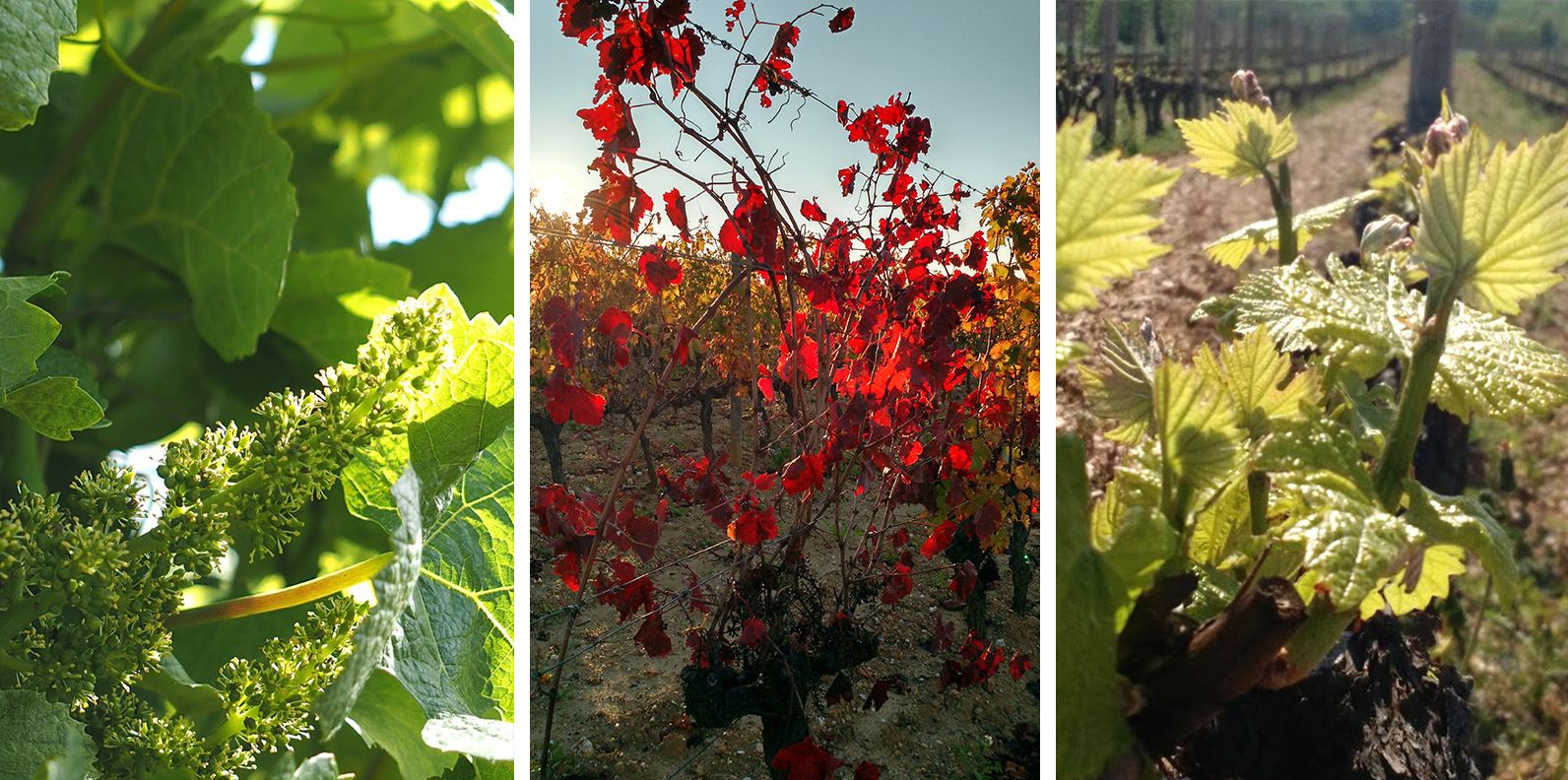
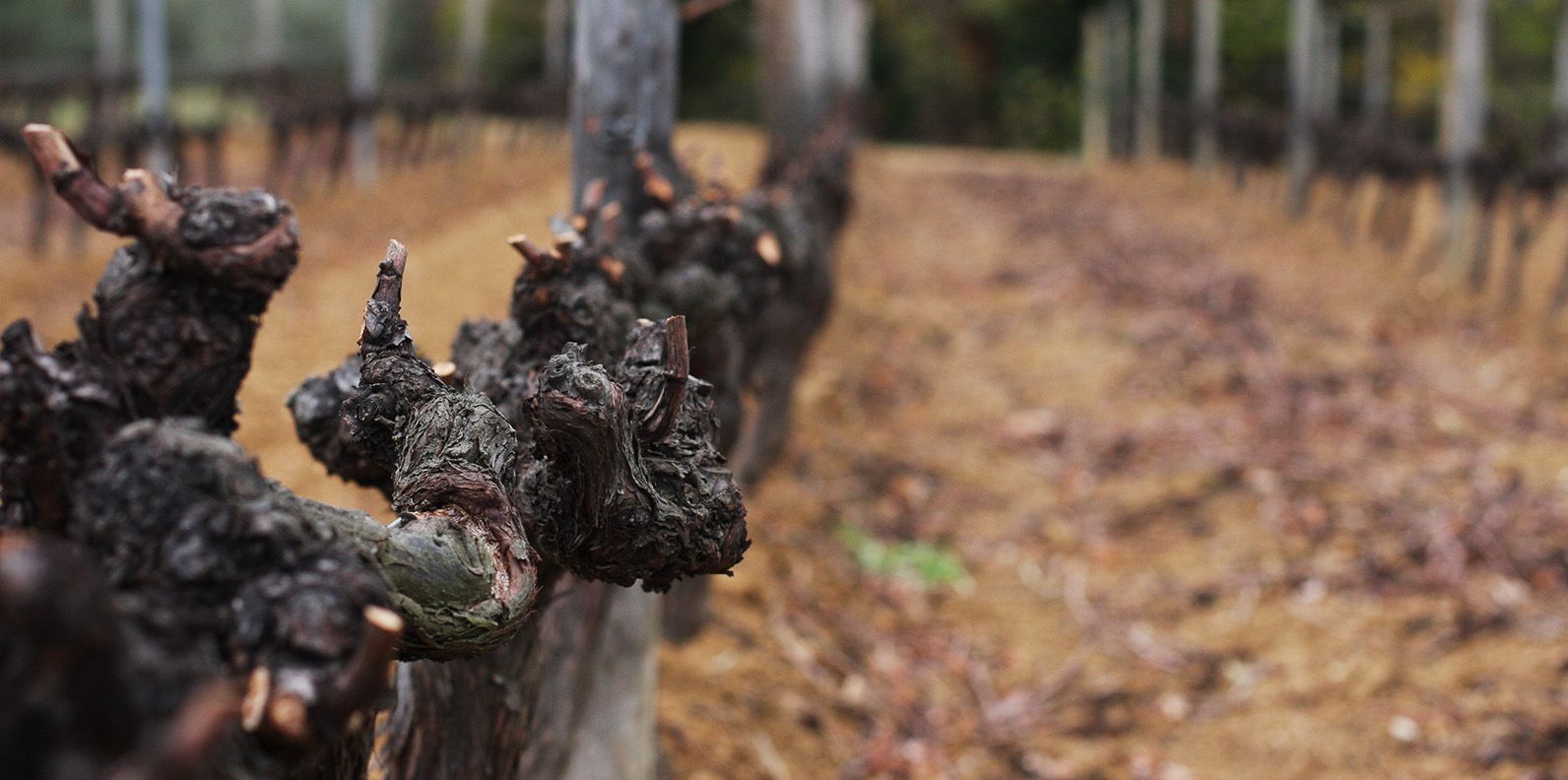
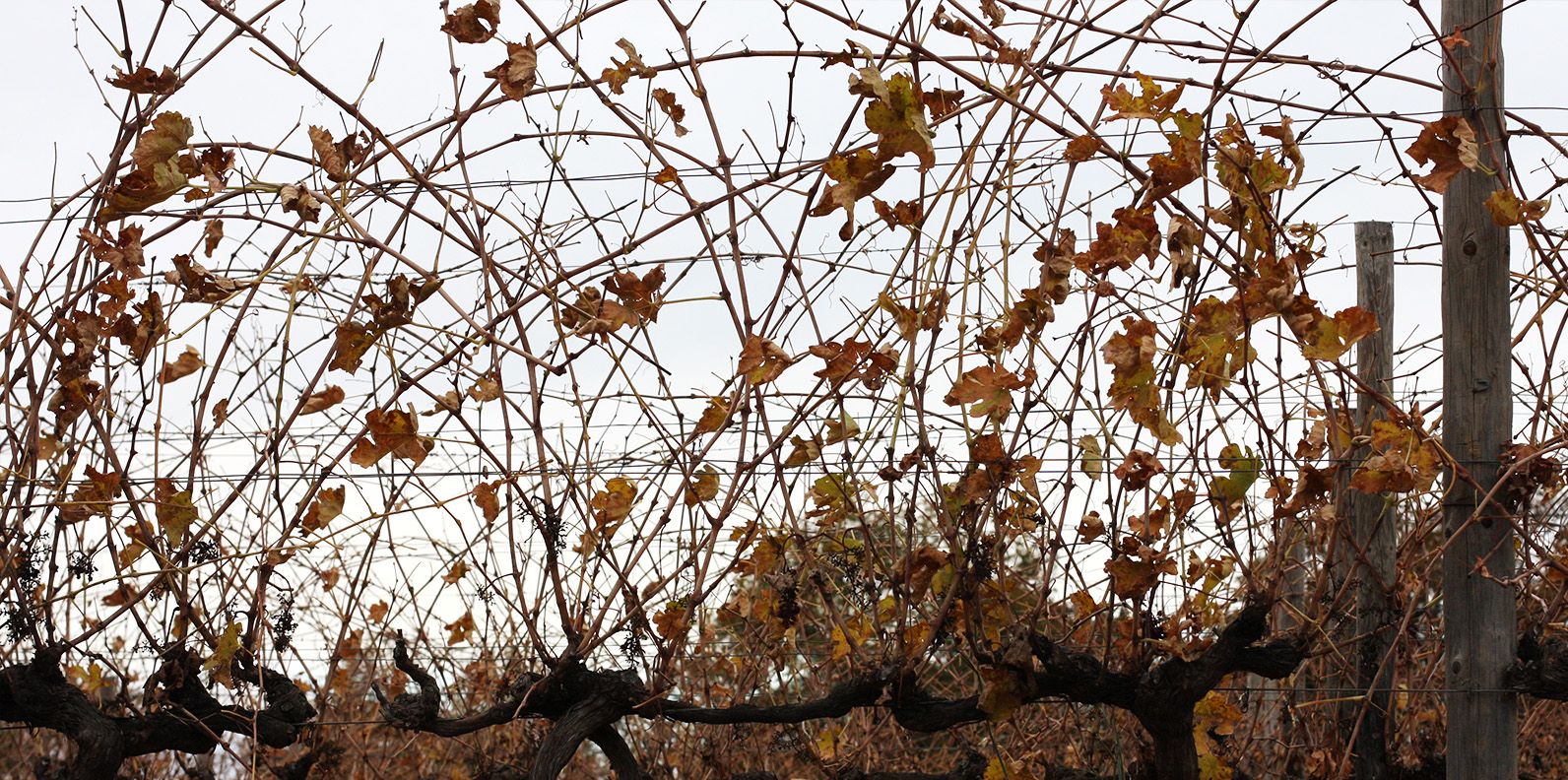
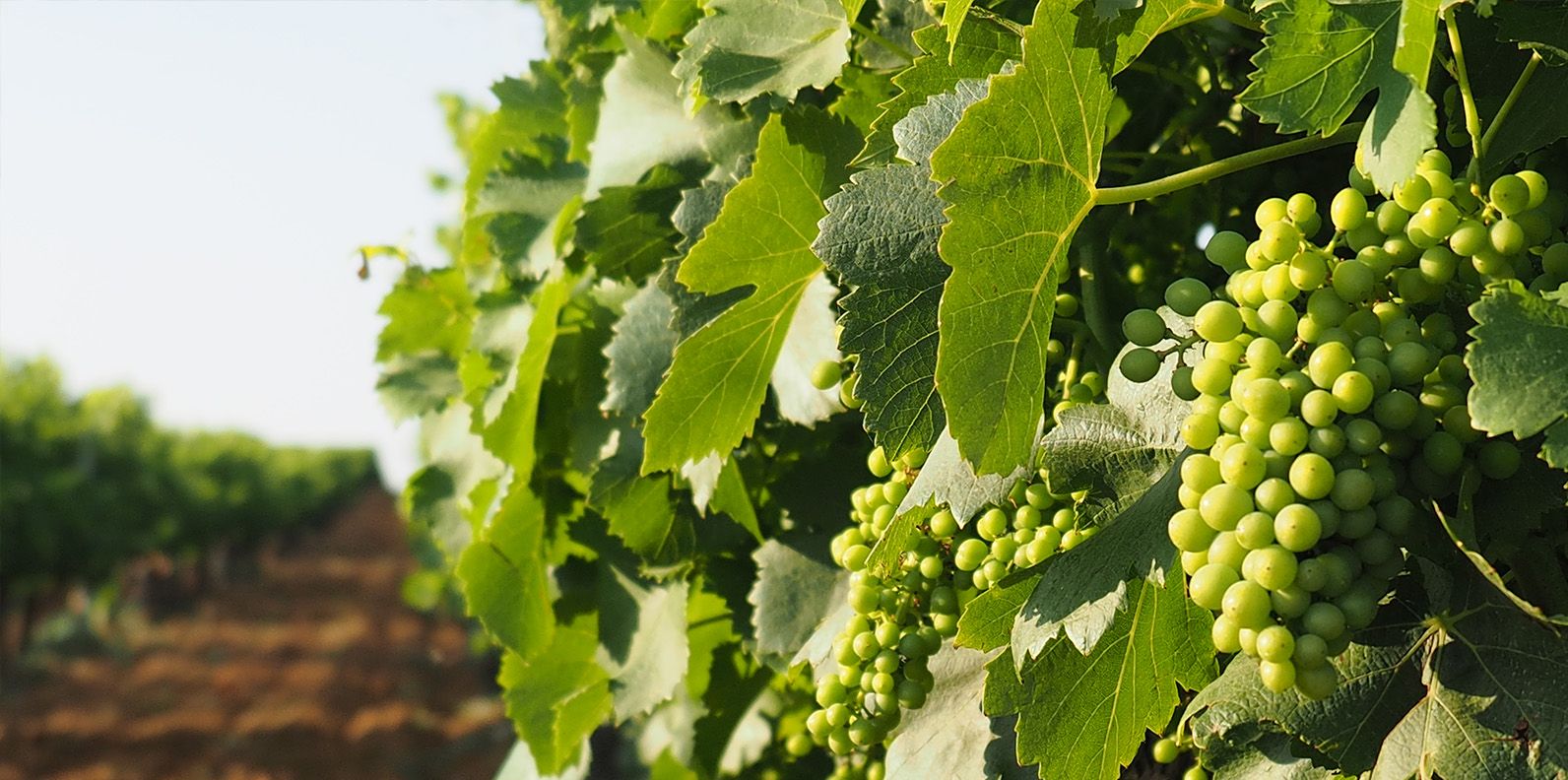
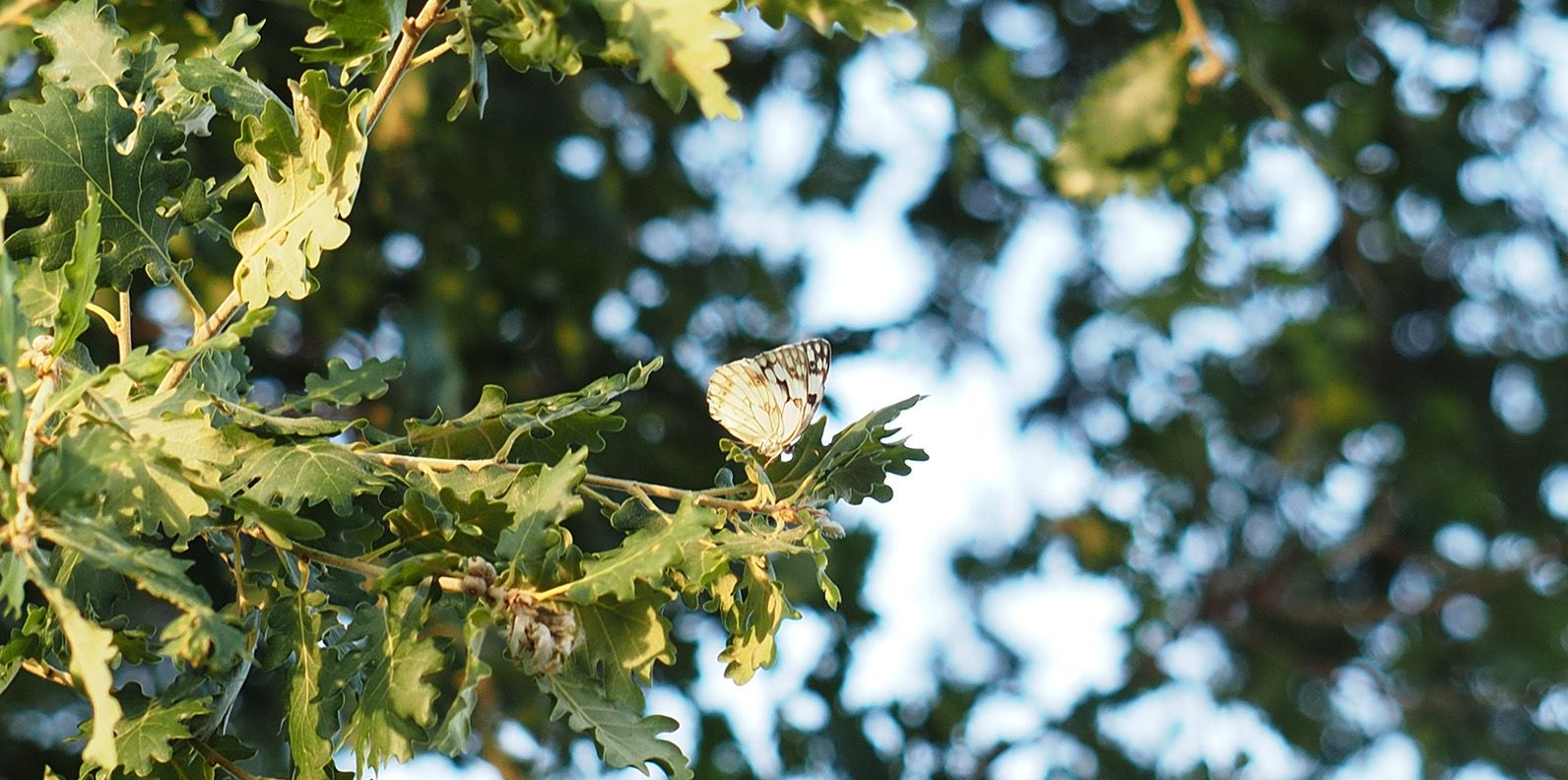
For years this vineyard is entirely cultivated in organic agriculture, like a garden. Our grapes are certified according to the organic recommendations of ECOCERT.
The vines are planted with a density of 5,000 per hectare, trained to a height of two metres and grown organically. Eight-bud double Cordon de Royat pruning, between-vine tilling, selective cover cropping according to the particular plot and compost-type organic soil enrichment.
Treatments are dosed according to the threat of disease and applied face-by-face, which means we only have to use very few products (our standards are considerably stricter than those specified for organic farming).
A great part of the manual work is carried out from April to June, including meticulous disbudding, vine training & tying up.
The grape varieties : 5 reds and 2 whites, a delightfully balanced aromatic bouquet resulting from the combination of Mediterranean vines with some of their more distant cousins : Syrah, Grenache Noir, Mourvèdre, Cabernet-Sauvignon, Pinot Noir, Viognier and Roussanne.
The average yields in the region are 50 hectolitres per hectare. Harvesting generally begins with our Pinot Noir vines at the end of August and finishes with the Mourvèdre in the second half of September. The grapes are always ripe and in excellent health.
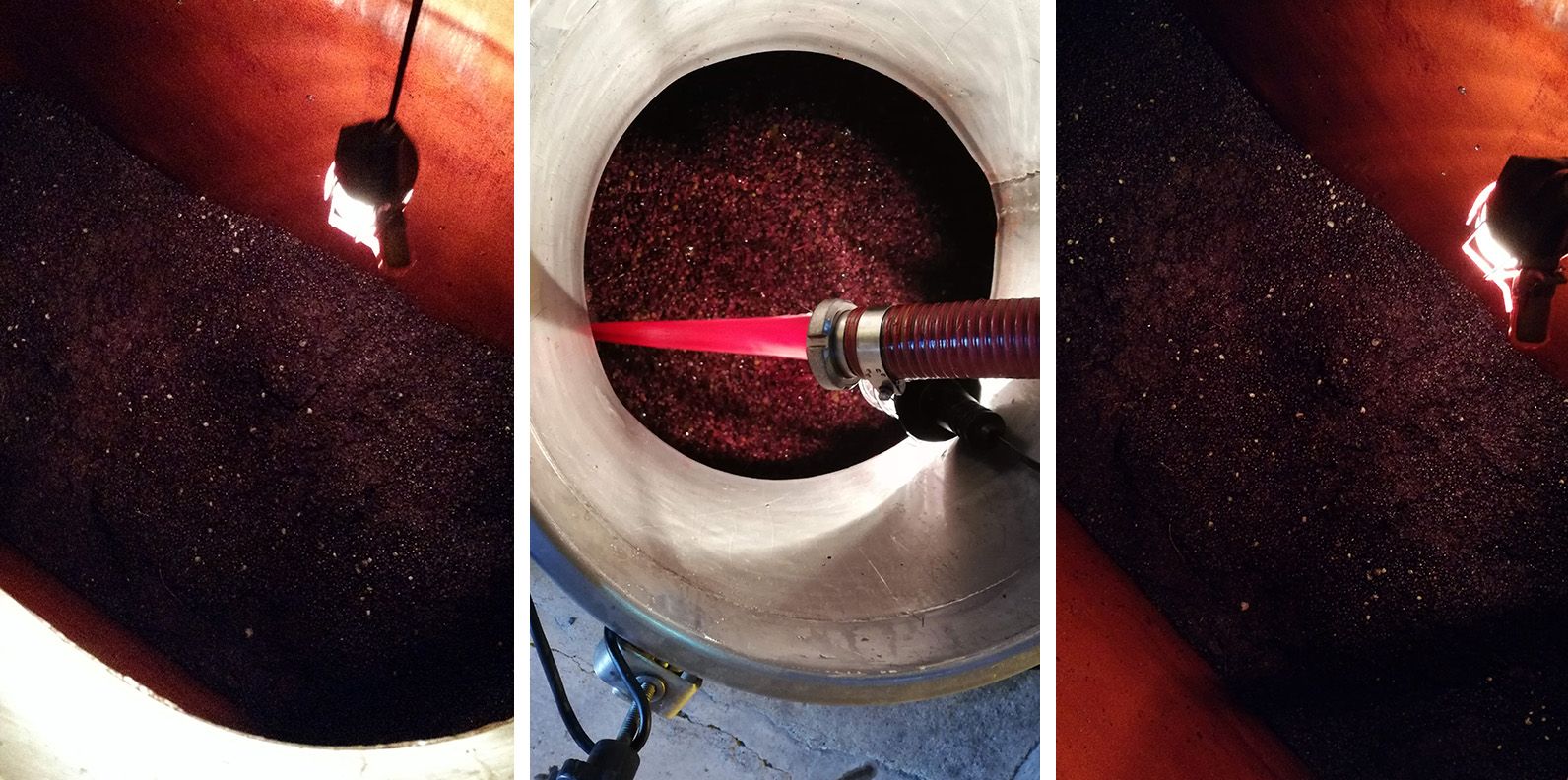
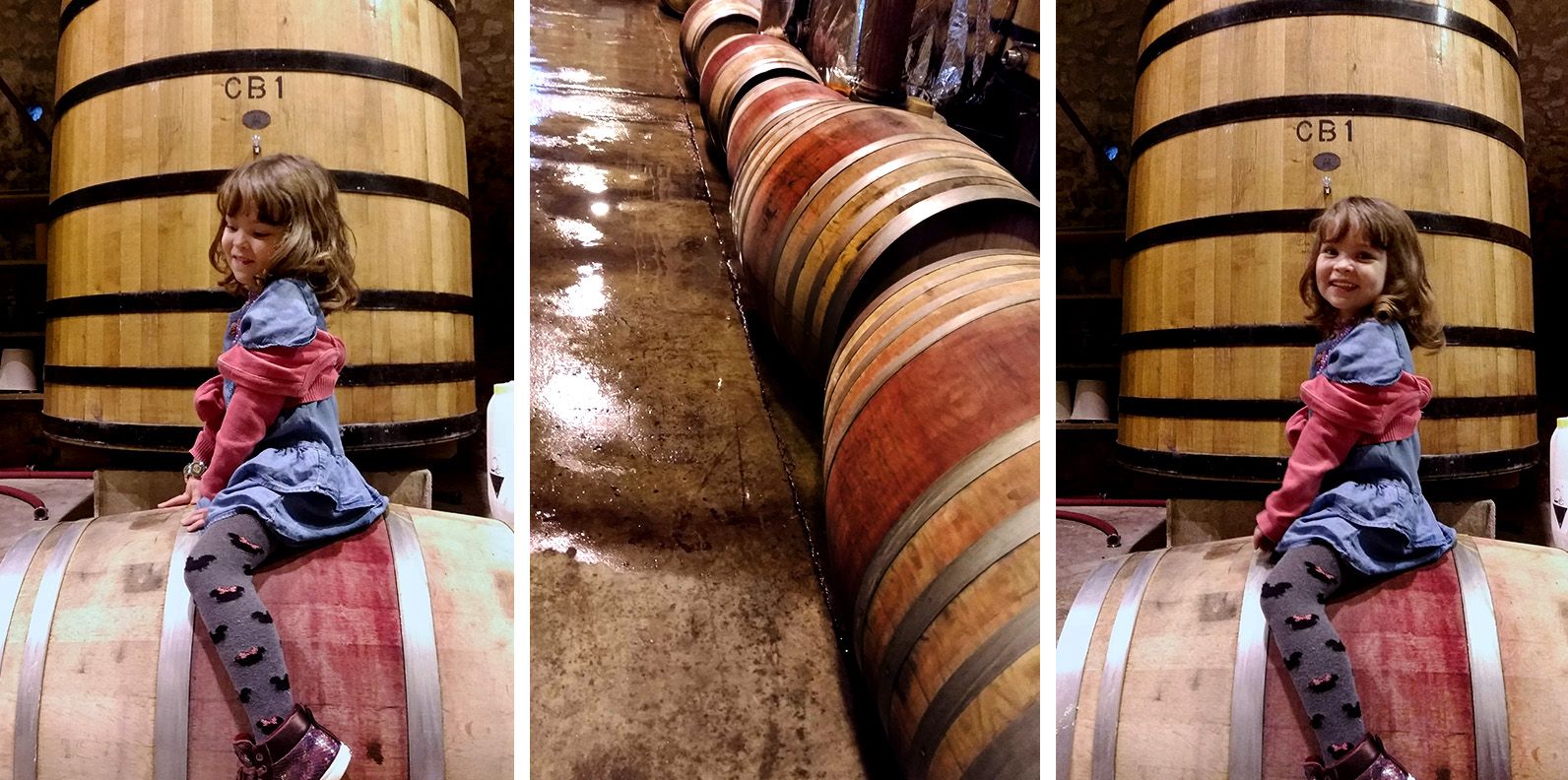
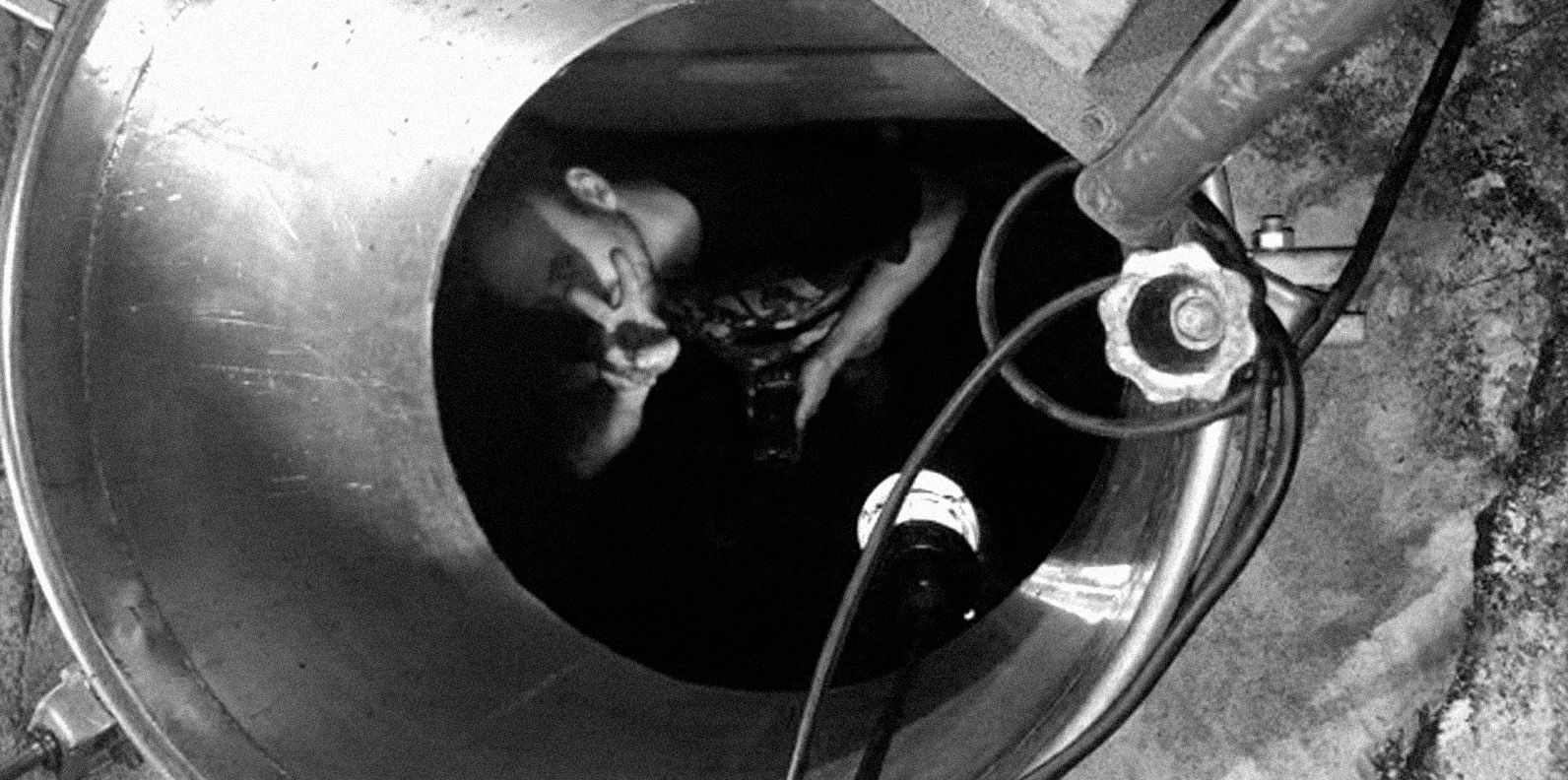
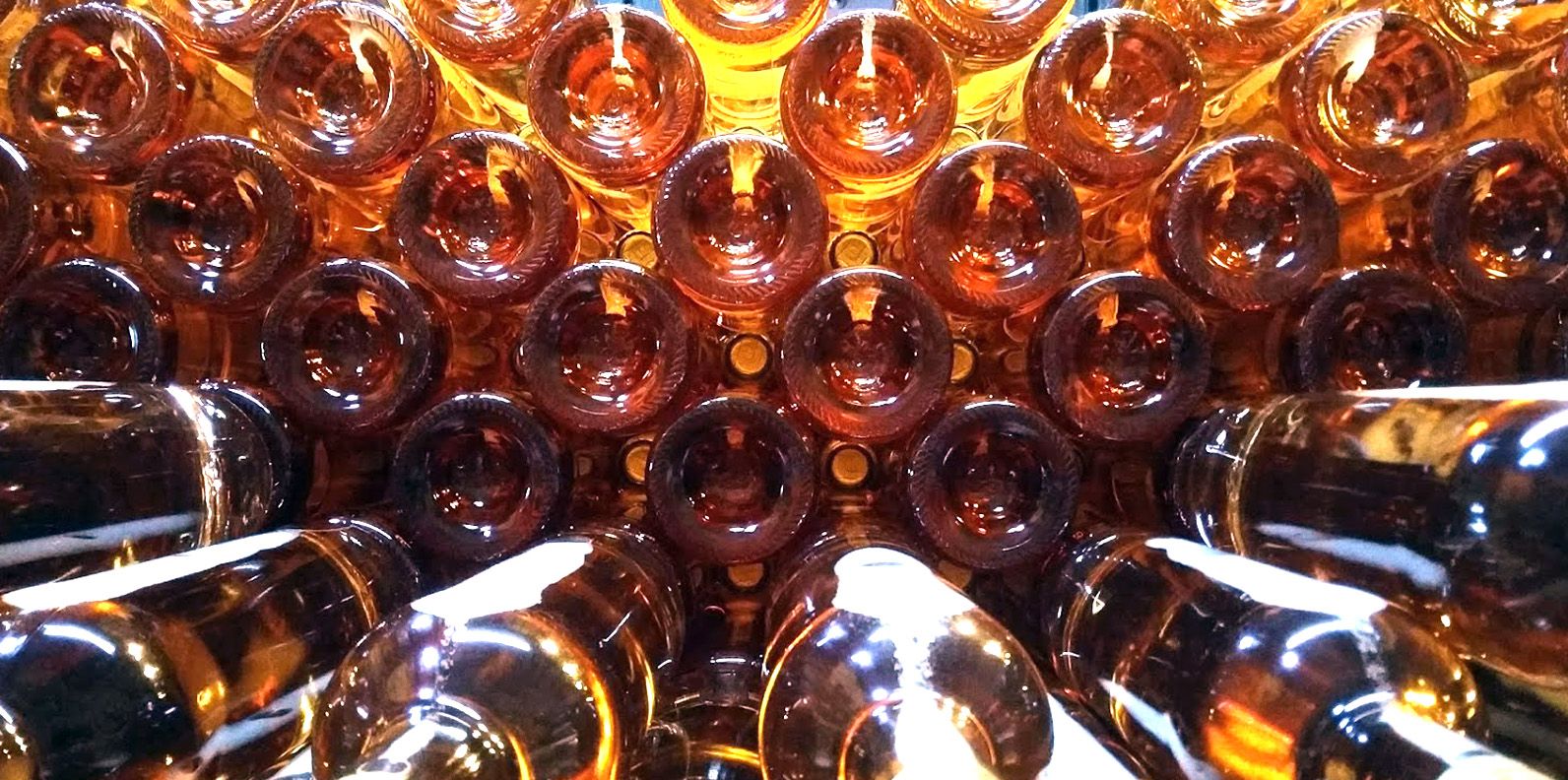
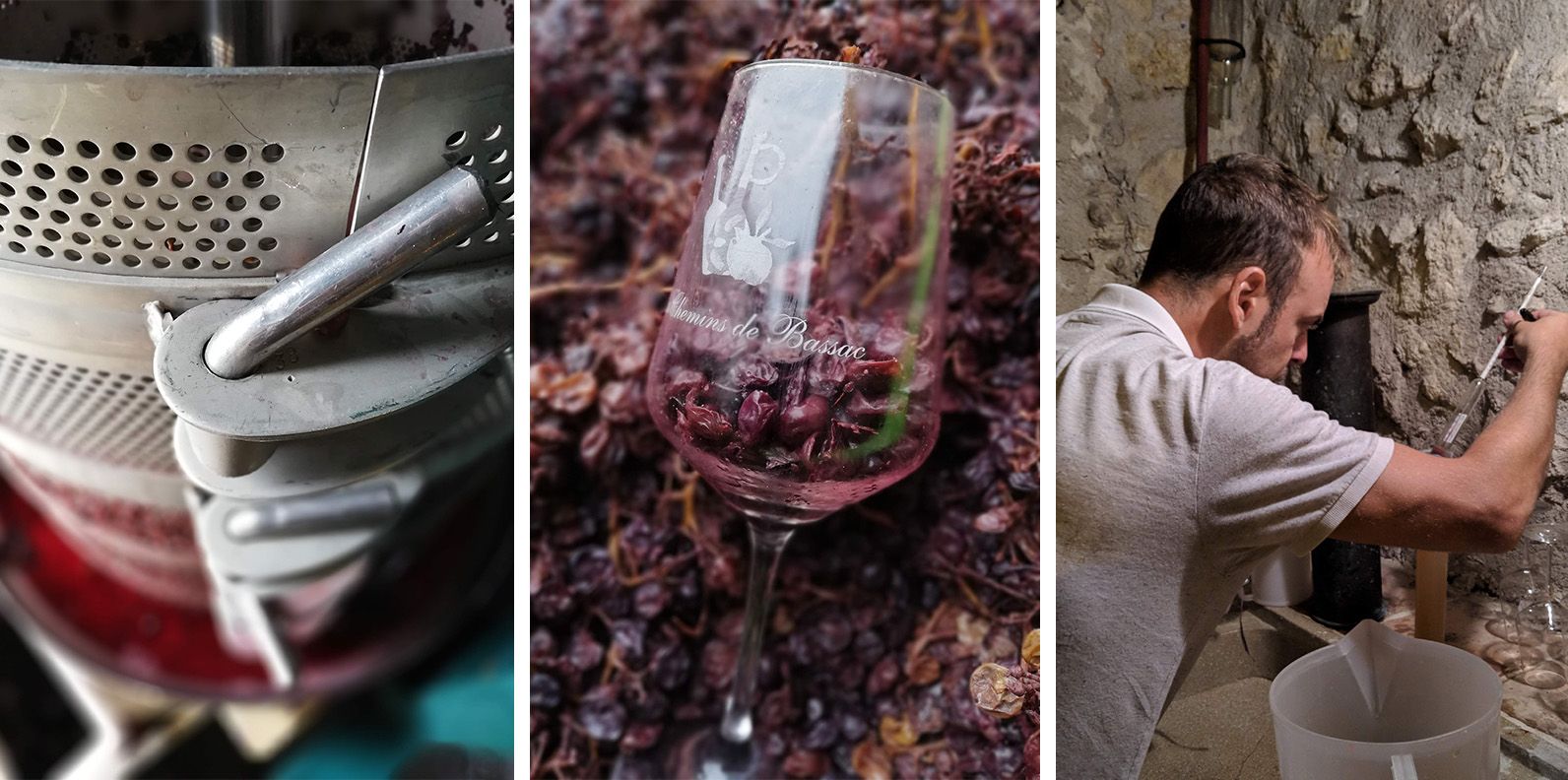
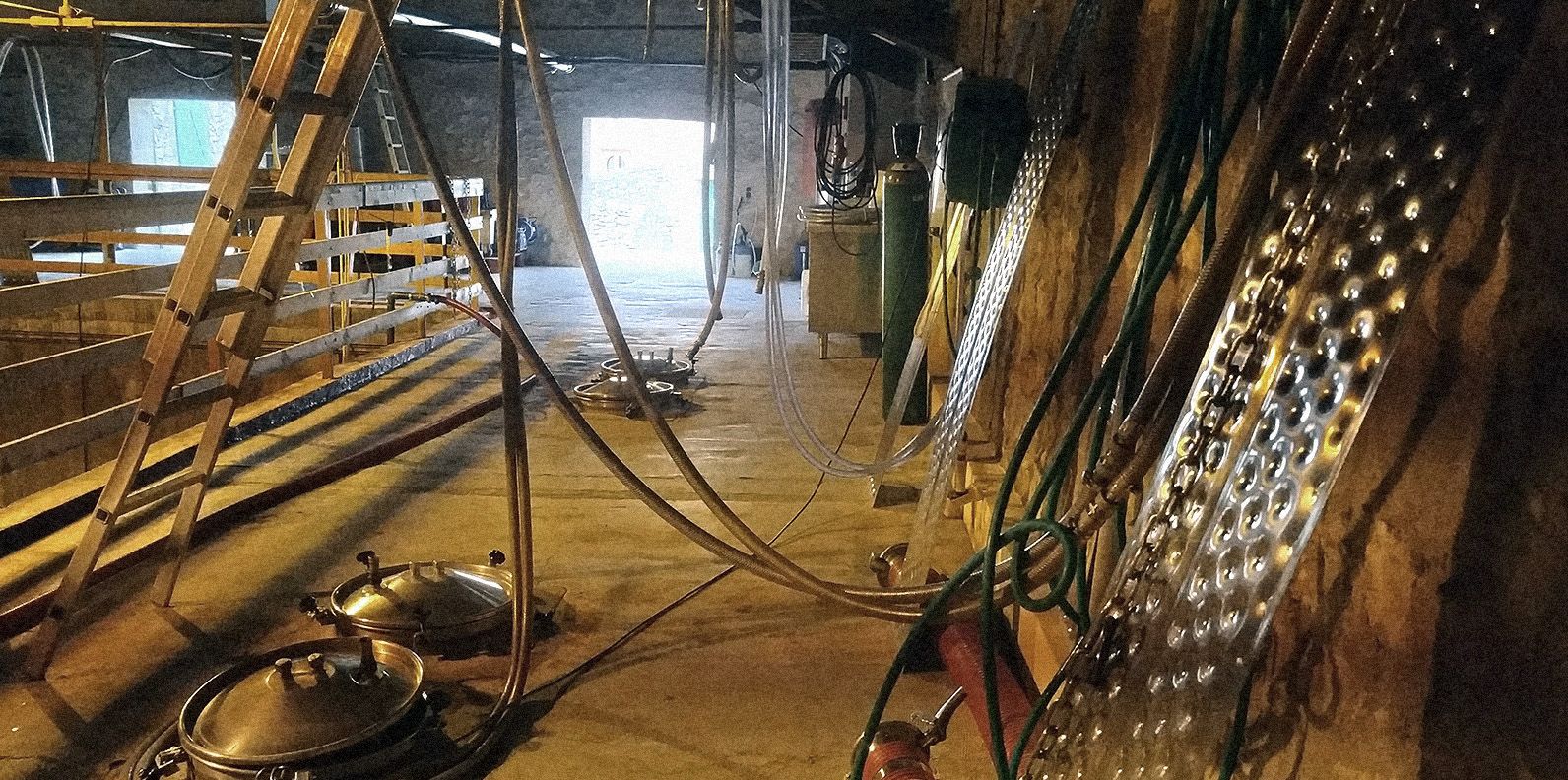
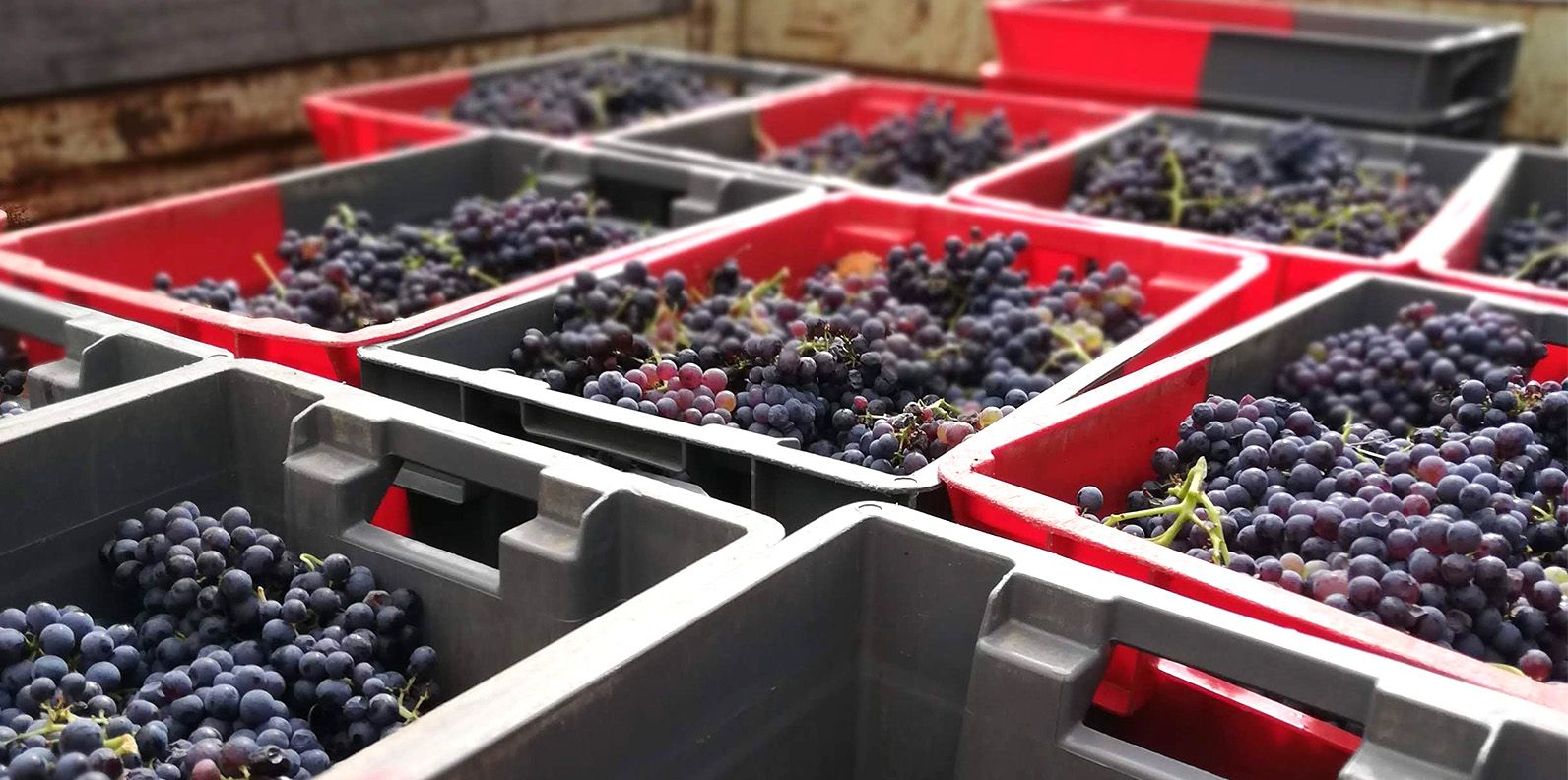
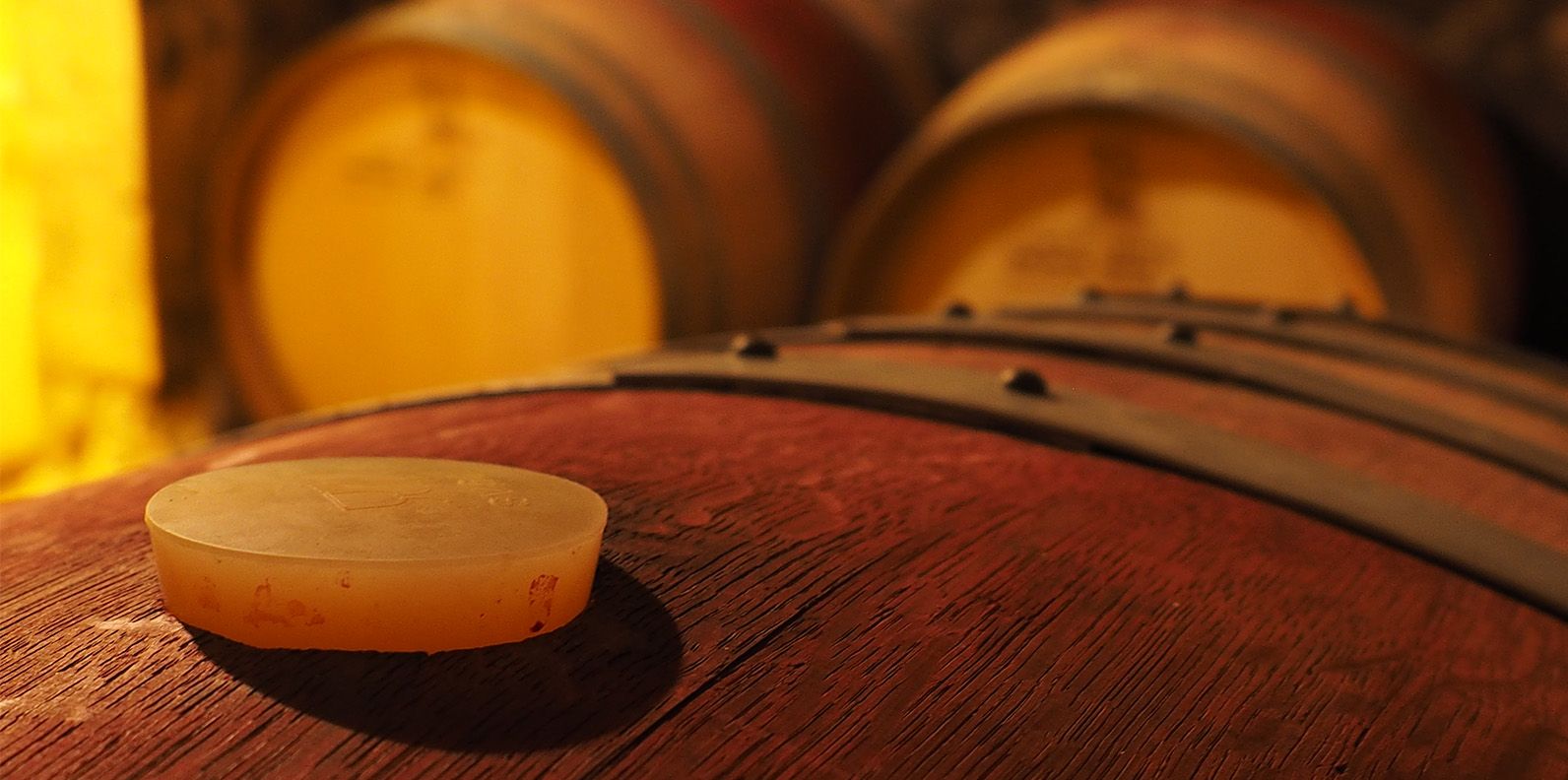
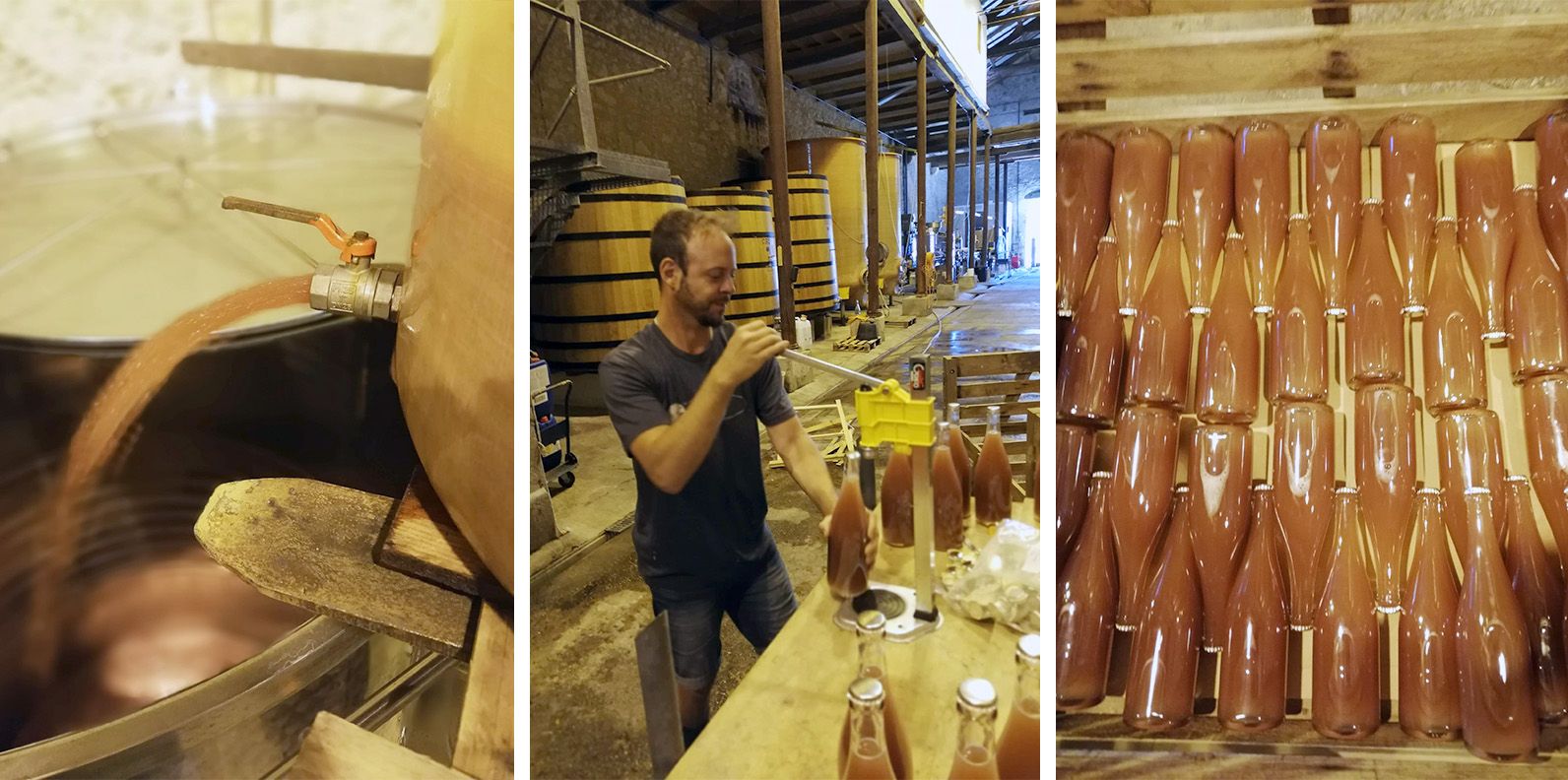
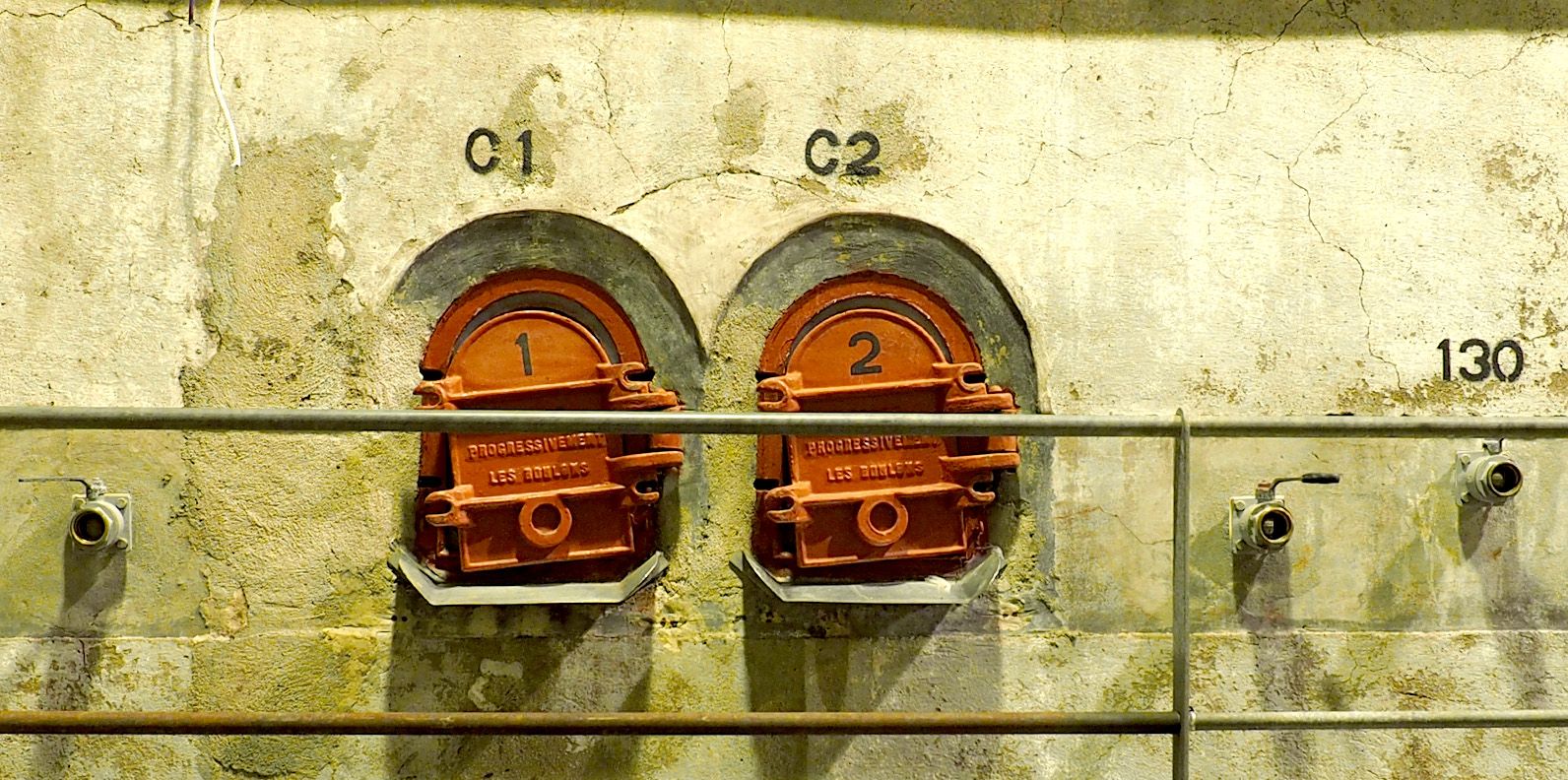
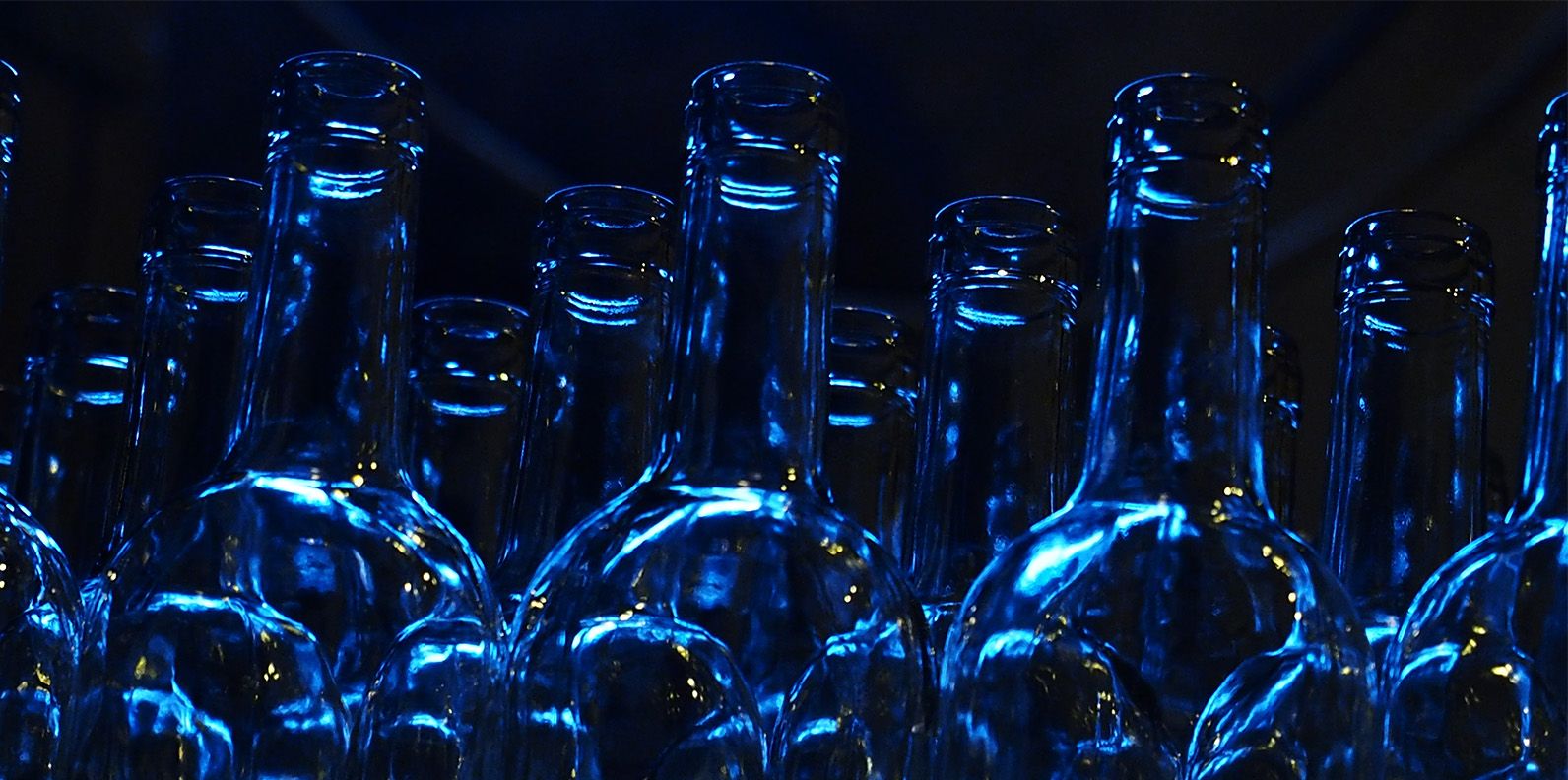
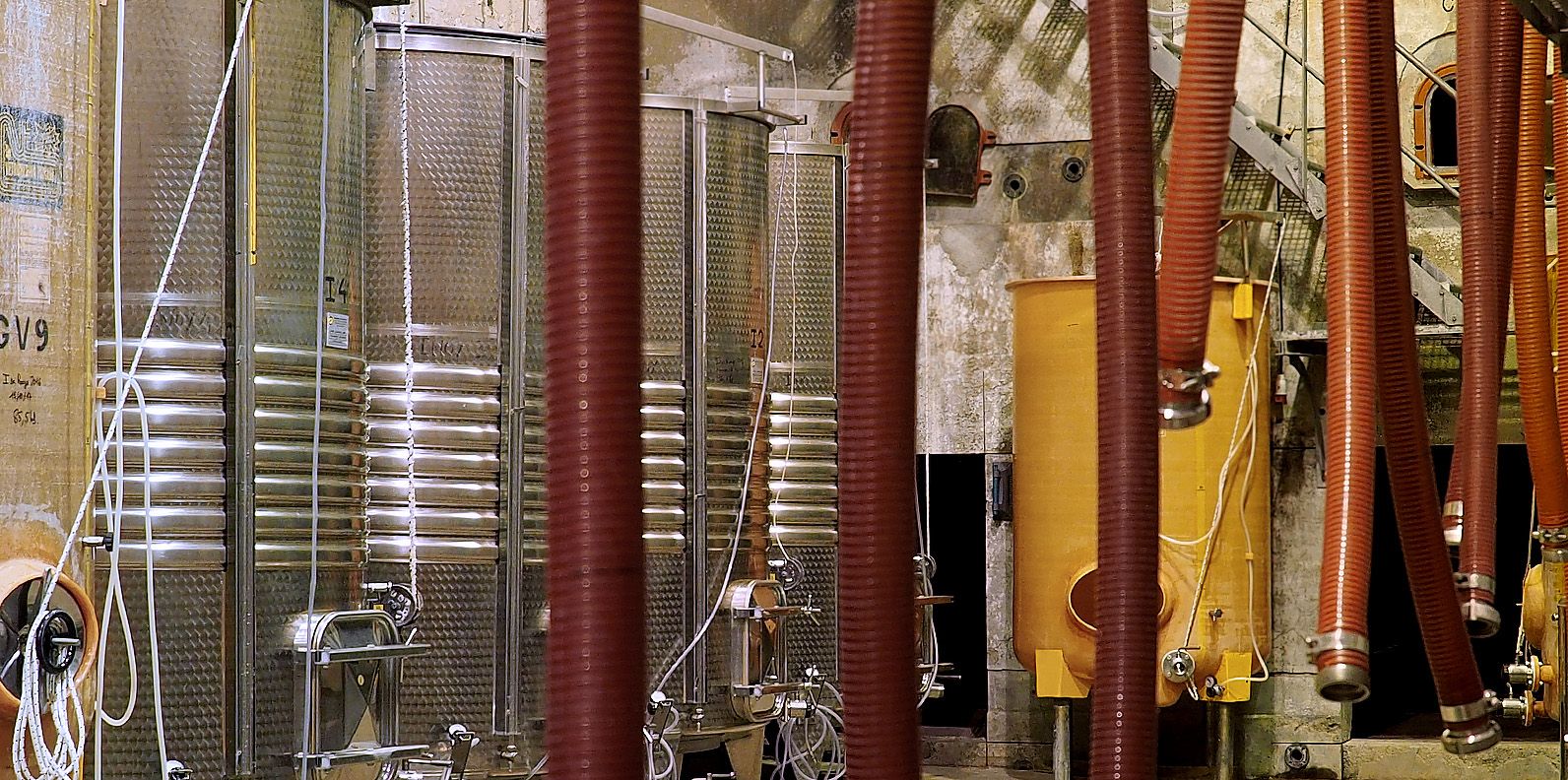
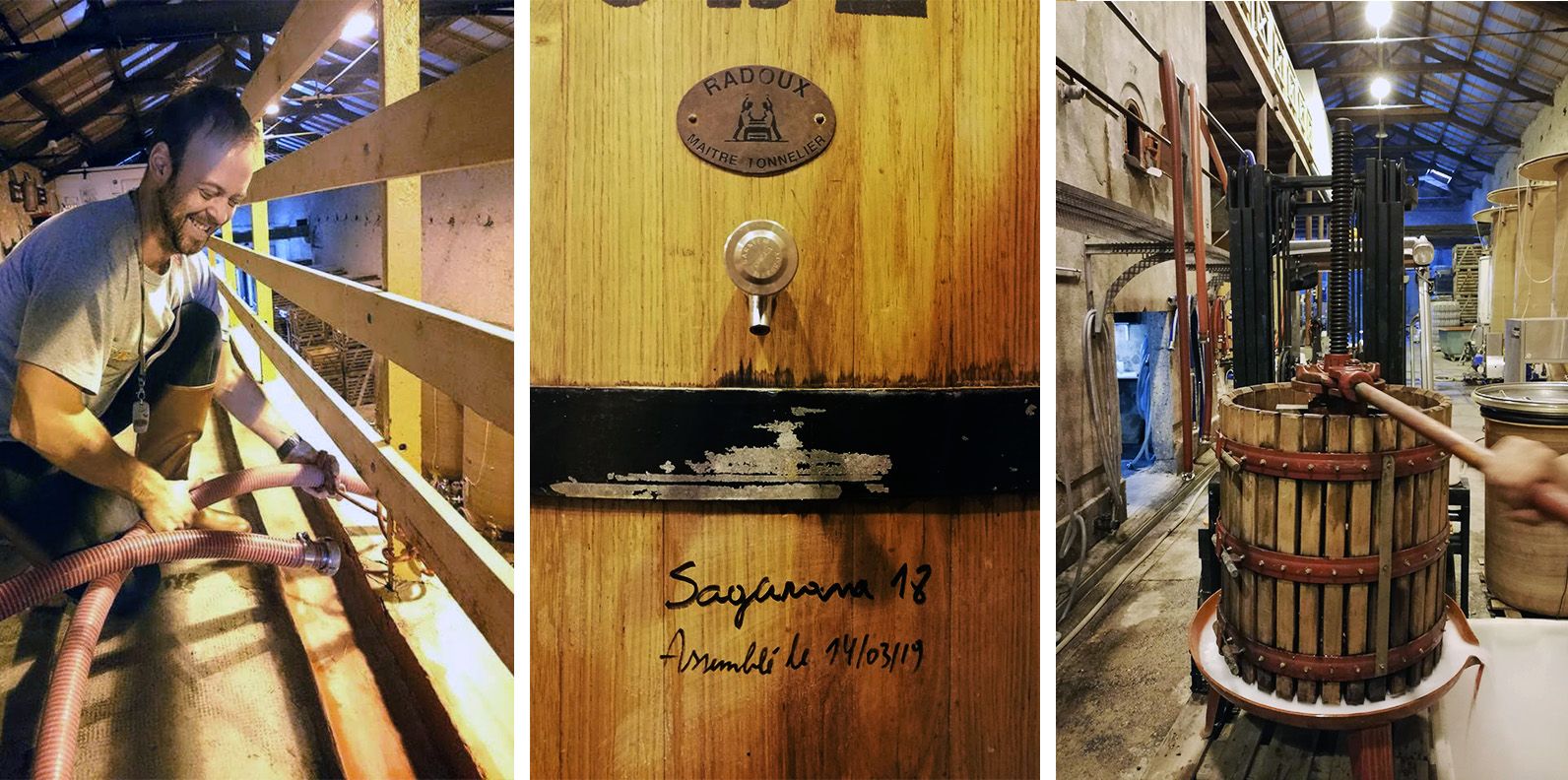
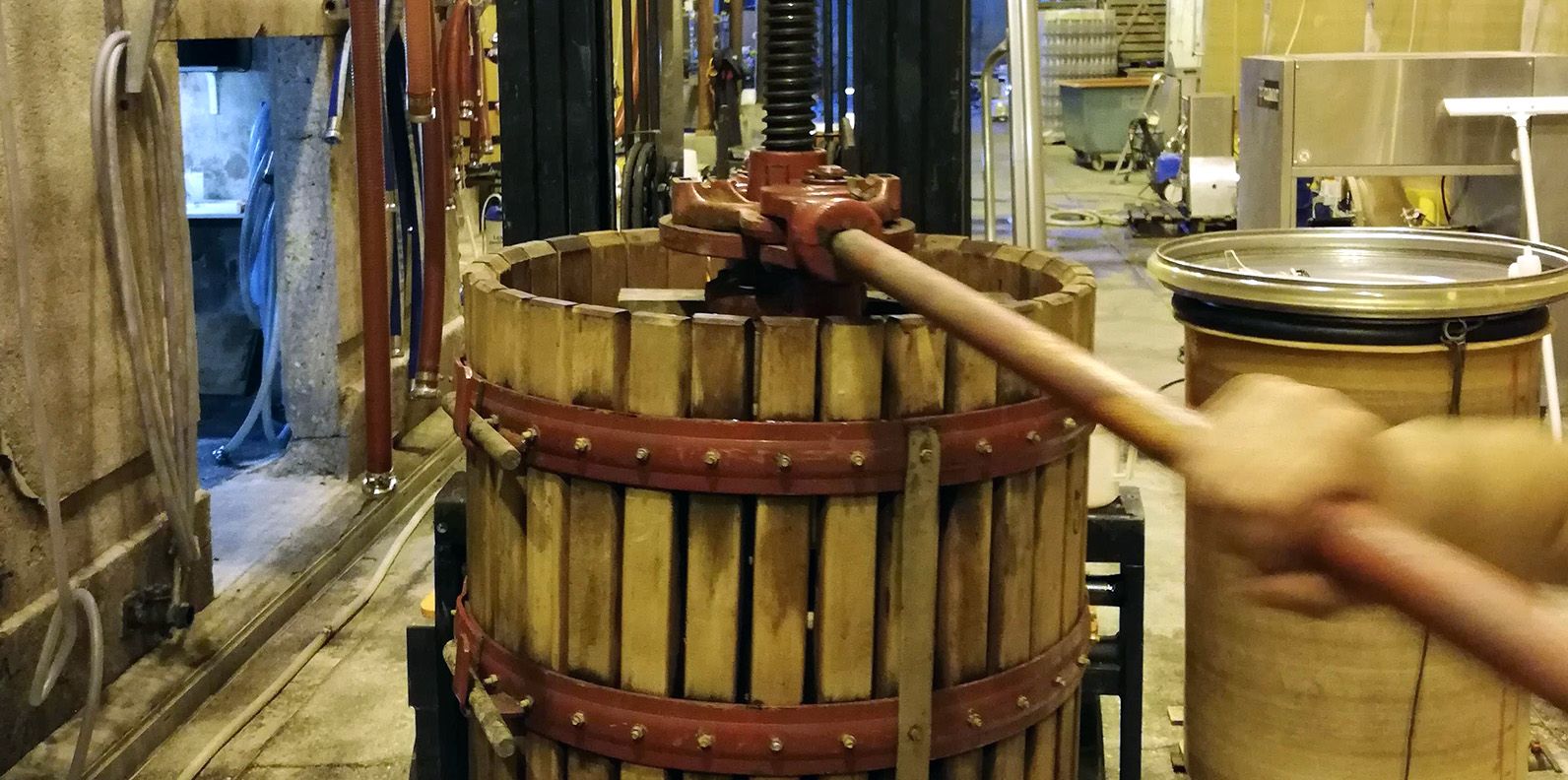
For us the only universal law is the one that leads us to always obtain the most beautiful of the raw materials: thus a lot of expression, little technology and no sulfur in most of our cuvées.
Scraped or whole bunch the harvest will always be very healthy. The grape varieties, depending on the feeling of harvest time, can be vinified separately or together.
The winemaking of the reds will generally start with a pre-fermentation maceration phase. Much of the future of the wine is defined out at that time, both in the finesse of the structure and aromatic intensity.
Only wild yeasts are used in our winemaking. This is how we think we can find the true nature of our terroir
The real fermentation process will begin shortly afterwards and vatting will last for 20 to 30 days, and includes much tasting and effort to favour expression of the finesse and elegance of the wine.
We will follow this beautiful transformation with a free state of mind, creation always in the foreground guided by our own intuitions. No standardization device or process to adapt to markets will be used.
Prior to and post malolactic fermentation, the wine will be fed with the lees through regular stirring.
The wines will then be matured following different methods: Bordeaux barrels, half muids, old oak vats (40hl and 60hl), stainless steel or resin tanks will be employed depending on the cuvée.
For the whites and the rosés grapes are harvested in the coolest hours of the night at the beginning of September and are immediately placed in a pneumatic press. After pressing and decanting by clarification the must will gently ferment for several days. At the end of the cycle, the wine is drawn off and matured, with regular stirring, until bottling.
As much as in the vineyards, in the cellar we can measure the importance of respecting the biologic balances, because our wines, to be southerners, nevertheless have an amazing freshness on the palate.